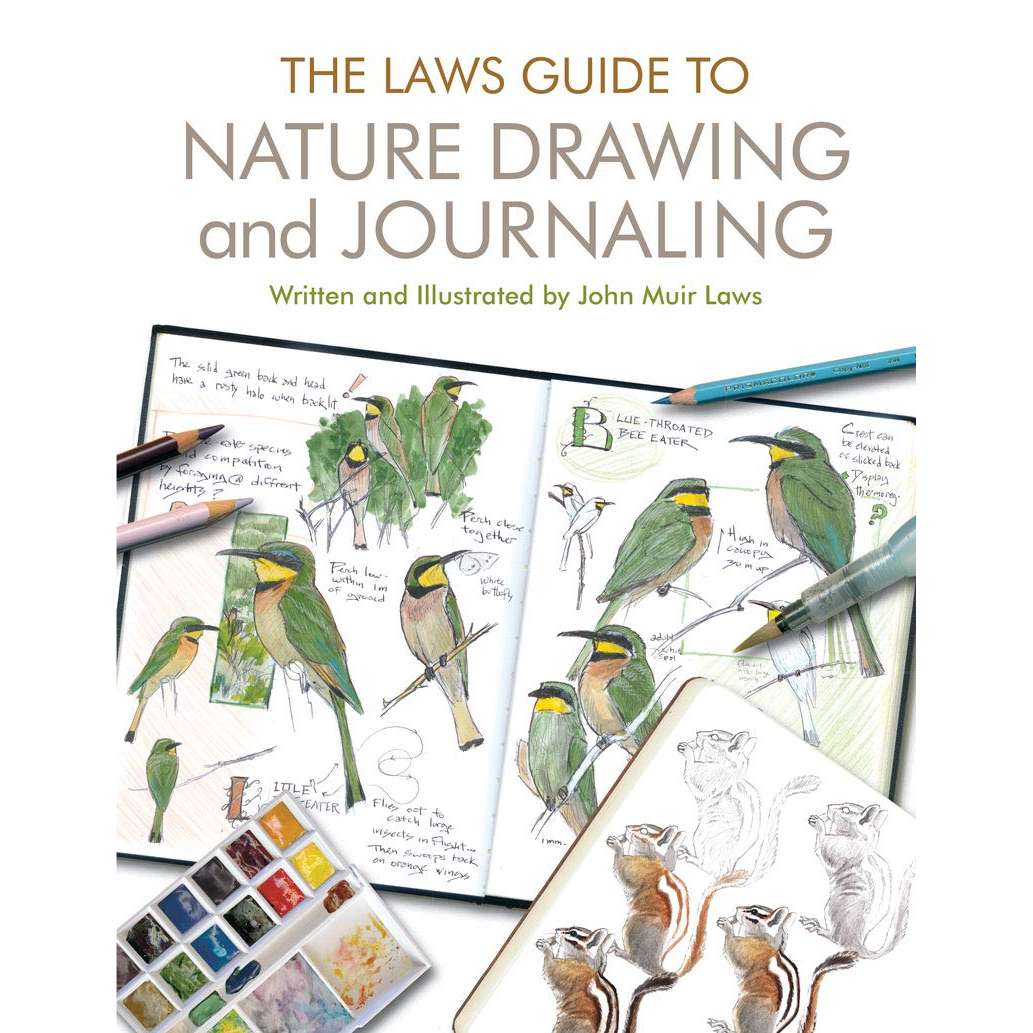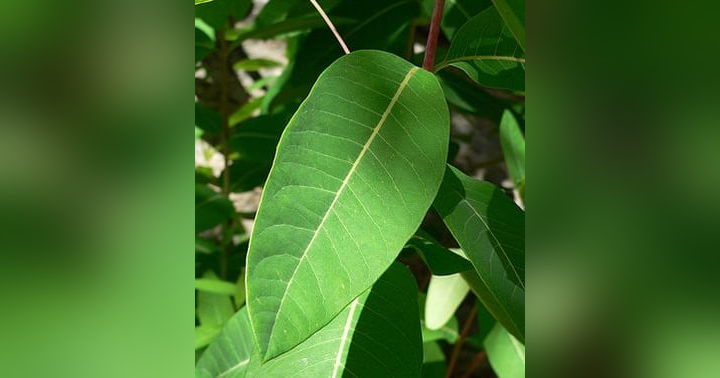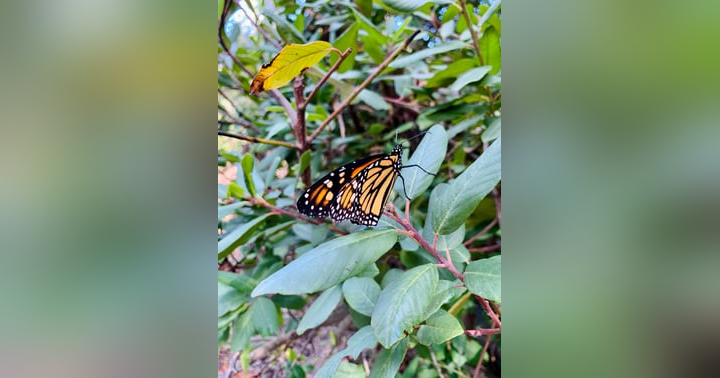Best Nature Journaling Supplies for People with Too Many Hobbies

If you’re anything like me, you can’t actually put a number on the wide array of hobbies you’ve accumulated over the years.
If I listed all of mine here, we'd be here all day, and we'd still never get to talk about nature journaling supplies, but know that the list involves everything from keeping backyard chickens to world travel to home fermenting garden vegetables to writing children's stories, and sooo much more.
I used to get frustrated with myself for having so many hobbies and for the way I would pick them up for a while, put them down, and (perhaps, or perhaps not) pick them up again again later.
For the longest time, I thought this indicated some deep, indelible character flaw within myself.
I thought it meant I would never be great at anything, that I was too scattered, and that I'd be unsatisfied by my shallow accomplishments someday when I looked back on my life.
I tried, in bouts of Puritanical rigidity, to counteract my scattered attention by putting myself on schedules. Mondays and Wednesdays shall be for writing poetry! Sundays are for batch cooking meals! Tuesday morning at 3am is for yoga! You get the idea.
None of this worked, of course.
Each time, I immediately bucked against the proposed structure and went on following my heart from one love to the next.
And gradually, when I saw that beating myself up wasn’t doing me any good, I began to accept that maybe it’s ok to love a lot of things.
Maybe there’s space for all of it, and there’s not something wrong with me for brimming with excitement, for falling in love over and over again.
Maybe it’s ok to be just a little bit good at cooking and to be able to play exactly one song on the guitar and to know, kind of, what aperture is, but not to remember what the numbers or the decimal points mean.
Looking back, I see that each of these passions and pursuits gives its own gift.
Some gifts are intangible–new rooms opened up in the heart, fresh perspectives, earth shattering new paradigms. Others are as firm and practical as the rule of thirds or the correct balance of nitrogen, phosphorus, and potassium in the soil for healthy crop development.
If you have an abundance of (I’ll stop saying “too many”) hobbies, I suspect you’ve found something similar and that you approach the world with a head full of questions and a heart full of possibilities.
This mentality is exactly right for anyone looking to get started with nature journaling (which, for the record, was one of several of my pandemic-era hobbies, right alongside playing board games, hiking, and reading parenting books).
Nature journaling is excellent for the perpetual learner because it is not only a new thing to learn in and of itself--it also offers a way of learning, a practice of honing observation, and a means of improving metacognition.
And if you’re new at art, it’s also the perfect opportunity to practice a growth mindset.
Now, while I will continue to sing the praises of engaging in a wide variety of hobbies, I must concede that, when each of them comes with a certain amount of gear, both the price tag and the storage requirements can add up quickly.
And that’s why I’ve composed this list.
I’m no expert at nature journaling (please see the above list of other things I’m not an expert at to understand why this is), but I have bought plenty of art and nature journaling supplies, tested them out both at home and in the field, and learned from a community of nature journalers and artists about their favorite and least favorite supplies. I’m also personally aware of storage limitations (please never look in my closet) and don’t want to break the bank every time I find myself falling in love with a new hobby.
Take a look at my list of essential supplies and why I love them.
Heads up! This site uses affiliate marketing. As an Amazon Associate, I earn from qualifying purchases. Your cost stays the same!
Journal:
This Strathmore Mixed Media Art Journal is a slightly smaller version of the nature journal I use now. I've tried a few sketchbook styles and discovered some pet peeves along the way (spiral binding drives me crazy and seems to get in the way, large notebooks are too intimidating and take up too much space in the backpack, the paper has to be the right weight, etc.).
This journal comes with mixed media paper, which is heavy enough for watercolor without becoming cumbersome in the field, and the hard cover protects your it from getting beat up while jostling around in your backpack with all of your other gear. (If you're like me, you have stuff from your other hobbies banging around in there at the same time!)
Pencils:
John Muir Laws (artist, scientist, and fantastic nature journaling educator) recommends using this light blue pencil for making initial lines and getting shapes blocked in. Then, you're ready to make more permanent lines, you can go back with graphite pencils or pens for bolder or more permanent lines.
Speaking of graphite pencils, I love these ones. When you've already got too much other stuff, you don't want to be worrying about getting every single artist pencil out there. This set gives you the basics in a good quality.
Keep 'em sharp! I've had this sharpener for 3 years, and it's stayed in great shape even with fairly regular use, which I find pretty impressive for an inexpensive lil guy like this. It's also compact enough to fit in a regular pencil pouch with all of my graphite pencils and compact paint set! I use it for both graphite and colored pencils.
Pens:
These waterproof pens are quite possibly my favorite art supply. You can get them in multiple colors, but I prefer to get this multi-pack of black pens in different line widths and then add color with watercolor or colored pencil. Broad lines can be used for bold statements, and finer lines can add details. The ink is perfectly waterproof and never smears with the application of watercolor--woo!
Now let's talk about color: When you're first starting out, I'd advise choosing either colored pencils or watercolor. This saves expense, keeps your kit compact, and allows you to focus on learning techniques for one medium or the other. Watercolor can be a bit tricky (I still sometimes make a muddy mess out of my paintings), but it's also a lot of fun. Colored pencils are more reliable but maybe a little less adventurous. Both do the job of helping you pay attention to color and capture your observations, so it's totally up to personal preference!
Unsurprisingly, I couldn't decide which to try when starting out and got both. I tend to use the watercolors more often.
Colored pencils:
I love my Prismacolor colored pencils. This is a smaller selection than the set I own, which I would recommend for beginners. Honestly, I find myself a little overwhelmed by the variety in my monster tin, and I find it cumbersome to use and to take with me into the field. Another option is to get whatever size selection you'd like and then pick out favorites to take with you on the trail! (Of course, that doesn't solve the problem of making everything fit onto your crowded craft shelf back at home!)
Watercolor paints:

I adore this little paint set. It fits comfortably inside my (average sized) pencil pouch with all of my graphite pencils and sharpener. I can take this thing anywhere and be ready to paint. It even comes with a tiny brush and water tank!
Brushes:
Water brushes like these Pentel Aquash Water Brushes can take a little getting used to (releasing the right amount of water into the bristles takes practice), but there is nothing like them for convenience. I've gone out with these brushes all day and not needed to refill the water. If you did need to refill them on the go, however, it would just require a small dribble from your water bottle to be back in action. And rinsing them out is super easy--just squeeze to release water and brush onto an old washcloth or paper towel until the water runs clear.
Organization:
When you're camped out on the side of a trail looking for the right colored pencil, staying organized is staying sane. One of the best ways to do this is to limit the amount of gear you bring with you. Keep your kit super simplified. Another great idea is to use a pencil pouch like this one, which allows you to keep your things in order. Currently, I use a basic pouch that only has one big compartment, but I'm frequently digging through it or dumping the whole thing out to find what I'm looking for! I'll definitely be getting something like this when it's time to upgrade. Note: This is available in different colors, so it might be worth looking even if this particular one isn't your aesthetic.
Books:
The Laws Guide to Nature Drawing and Journaling, by John Muir Laws is the absolute gold standard when it comes to nature journaling books. It covers everything from the kinds of questions you can ask in your journal pages to different page layouts to techniques for drawing and painting different textures to drawing guides for specific species. It's truly a wonder. I've gotten so much use out of mine, and it is far and away the top book I recommend for new nature journalers!
I've also thoroughly enjoyed working through projects in Watercolor in Nature, by Rosalie Haizlett. It's particularly good for figuring out how to layer different colors to create beautiful watercolor paintings!
Binoculars:
As the most expensive item on the list, these binoculars are not strictly essential for new nature journalers! But if you're also interested in other outdoor hobbies, they're totally worth it! The cool thing for those of us with multiple hobbies is that they can focus on things both near and far away. They allow you to see the fine details on a nearby plant or bug you may be sketching, but they also let you look at the birds in the distance. Yay for multi-purpose objects!
Ok, you're all set to get started! Now, check out my conversation with John Muir Laws (author of the incredible nature journaling book above!) to learn why nature journaling is important, why art skills don't matter in your journal, and how to get started with your amazing new hobby!
Happy journaling, friends! Here's to one of your best hobbies yet!

















